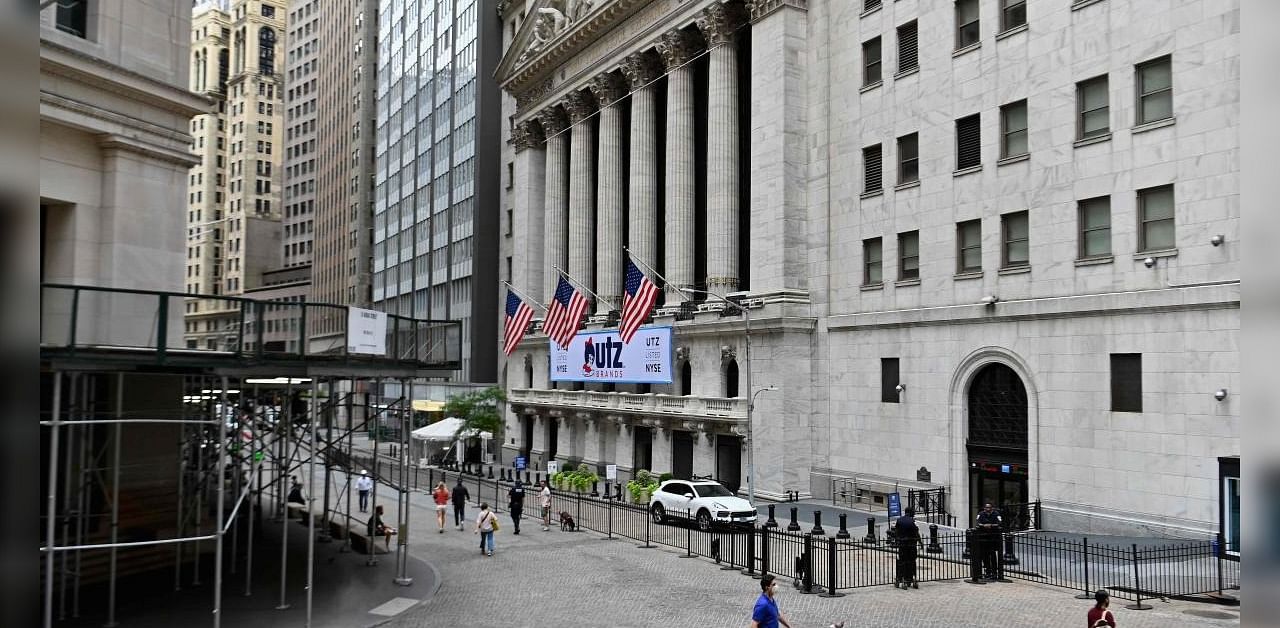
Crude oil futures rose on Wednesday after a more-than-expected draw in US crude stockpiles and as solid US factory data raised optimism of a post-pandemic economic recovery, boosting risk appetite among investors.
Brent crude futures were up 33 cents at $45.91 a barrel as of 0034 GMT, extending gains into a third day.
US West Texas Intermediate futures rose 33 cents to $43.09, following the previous day's gain by 15 cents.
US crude inventories fell by 6.4 million barrels in the week to August 28 to about 501.2 million barrels, the American Petroleum Institute (API) said, compared with analysts' expectations for a draw of 1.9 million barrels.
Gasoline stocks also fell by 5.8 million barrels, more than analysts' estimates of a draw of 3.0 million barrels.
Analysts had forecast a sixth weekly drawdown in US crude inventories in a Reuters poll.
"Positive tone was also set on hopes for a swift economic recovery following a healthy US economic data, which raised investors' risk appetite and propelled US stock market and oil prices," Kazuhiko Saito, chief analyst at Fujitomi Co, said.
"Also, slower-than-expected resumption of oil output in the United States after Hurricane Laura raised concerns over tighter supply," he said.
US manufacturing activity accelerated to a more than 1-1/2-year high in August amid a surge in new orders, lending support to Wall Street and oil markets.
US Gulf of Mexico offshore oil output on Tuesday was down by 525,099 barrels per day, or 28.4% of the region's daily production, the US Department of Interior reported, as energy companies restarted more activity in the aftermath of Hurricane Laura.
Still, 71 of the US Gulf of Mexico's 643 manned platforms remained evacuated, down from 117 production platforms on Monday, the regulator said.
On the global supply side, oil output by the Organization of the Petroleum Exporting Countries (OPEC) rose by about 1 million barrels per day (bpd) in August, a Reuters survey found.
From May 1, OPEC and allies, known as OPEC+, made a record cut of 9.7 million bpd, or 10% of global output, after the virus destroyed a third of world demand. From August 1, the cut tapered to 7.7 million bpd until December.